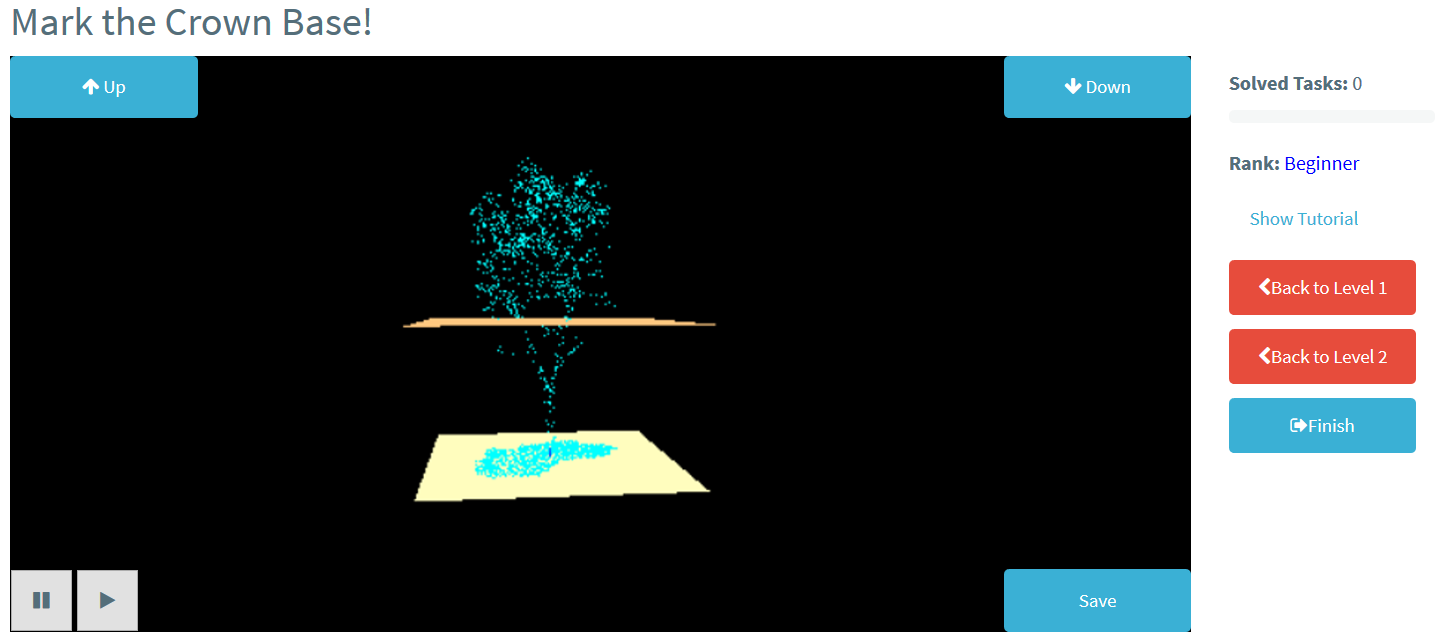Crowdsourcing has been widely applied to extract information from 2D geodata sources such as satellite imagery. In this new study published in the ISPRS Journal of Photogrammetry and Remote Sensing we apply this technique to the growing field of 3D point cloud analysis. This work has been conducted in our 3D-MAPP Project which was funded by the Vector Foundation. Also have a look at this short video, that explains our work in more detail.
Herfort, B., Höfle, B. & Klonner, C. (2018): 3D micro-mapping: Towards assessing the quality of crowdsourcing to support 3D point cloud analysis. ISPRS Journal of Photogrammetry and Remote Sensing. Vol. 137, pp. 73 -83.
Abstract: In this paper, we propose a method to crowdsource the task of complex three-dimensional information extraction from 3D point clouds. We design web-based 3D micro tasks tailored to assess segmented LiDAR point clouds of urban trees and investigate the quality of the approach in an empirical user study. Our results for three different experiments with increasing complexity indicate that a single crowdsourcing task can be solved in a very short time of less than five seconds on average. Furthermore, the results of our empirical case study reveal that the accuracy, sensitivity and precision of 3D crowdsourcing are high for most information extraction problems. For our first experiment (binary classification with single answer) we obtain an accuracy of 91%, a sensitivity of 95% and a precision of 92%. For the more complex tasks of the second Experiment 2 (multiple answer classification) the accuracy ranges from 65% to 99% depending on the label class. Regarding the third experiment – the determination of the crown base height of individual trees – our study highlights that crowdsourcing can be a tool to obtain values with even higher accuracy in comparison to an automated computer-based approach. Finally, we found out that the accuracy of the crowdsourced results for all experiments is hardly influenced by characteristics of the input point cloud data and of the users. Importantly, the results’ accuracy can be estimated using agreement among volunteers as an intrinsic indicator, which makes a broad application of 3D micro-mapping very promising.
A free copy can be downloaded here (until April 08, 2018): https://authors.elsevier.com/a/1WaMw3I9x1V1Yx



